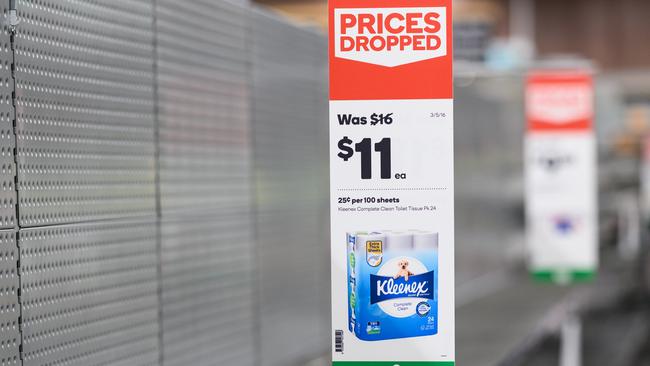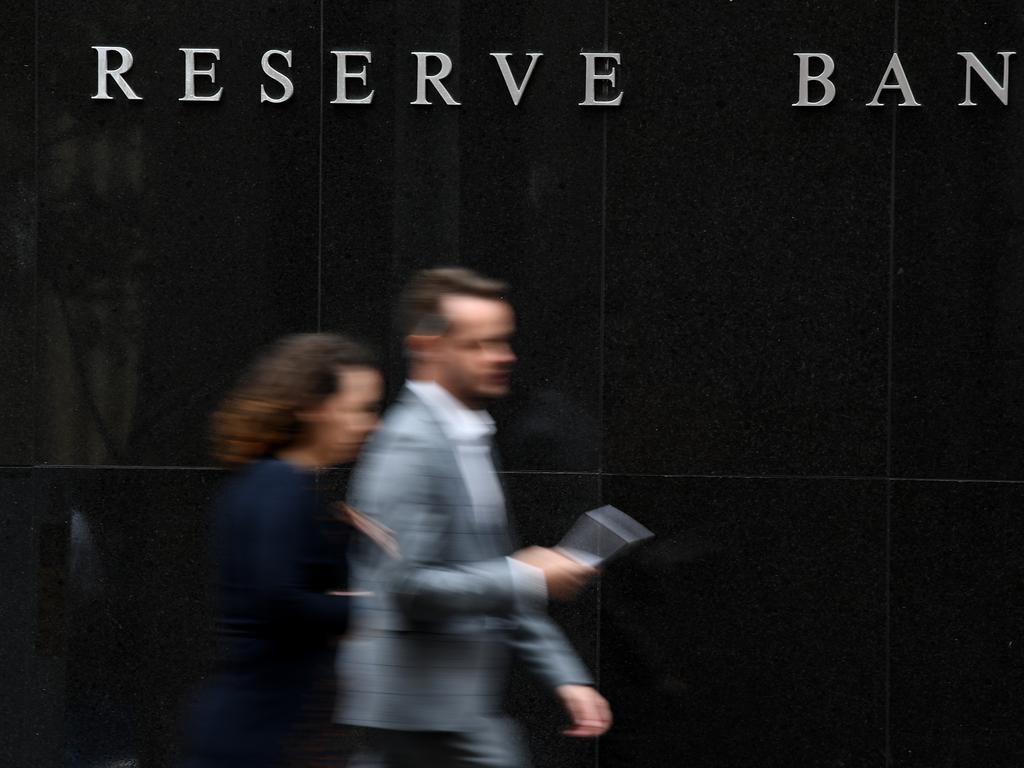Consumer confidence lowest since 2009, but virus threat has not sunk in
Consumer confidence at its lowest in more than 10 years, but the coronavirus threat has yet to fully sink in, new data shows.

The threat of the coronavirus to health and the economy hasn’t yet sunk in for many, according to the first survey of consumer confidence since the government unveiled an $18bn stimulus to cauterise the looming economic shut down.
A longstanding consumer confidence index dipped 0.4 per cent over the week to March 15th to 100.4, according to Roy Morgan-ANZ weekly survey of around 1000 consumers across the nation.
“Despite all the gloom last week, confidence only fell marginally. It is, however, at its lowest level since 2009,” said ANZ economist David Plank. Since 1990 the index has averaged 113.
“Government’s fiscal package may have contributed to the resilience,” he added. The federal government is thought to be working on a second stimulus package following a mix of cash handouts and tax subsidies for small business unveiled last week that commentators worry won’t be enough to prevent a recession.
The survey follows a separate survey of businesses that found 60 per cent were affected by the coronavirus, up from 15 per cent four weeks ago. Around 80 per cent of small businesses with turnover between $1m and $5m said they were affected, more than large firms (73 per cent).
Commonwealth Bank data from February showed a sharp drop in spending intensions among consumers on tourism and education services, among the areas thought to be hardest hit by the escalating economic crisis.
“Along with tourism, the education sector is particularly exposed to the negative effects of the coronavirus. That exposure is now showing up in a sharp downgrade to education spending intentions,” said Michael Blythe, Commonwealth Bank’s chief economist
“The emerging consensus is that the bushfires probably knocked 0.2 percentage points off economic growth over Q4 2019 and Q1 2020, and the virus could take a further 0.5 percentage points out of Q1 2020,” he said.
Home buying intentions remained elevated, however, in the data, which should be bolstered by the Reserve Bank’s cut to the cash rate earlier in March, and a further expected cash rate cut to 0.25 per cent expected on Thursday.
“The consensus is also that the sectors most affected by these natural disasters are tourism and international education. The tourism and education sectors account for 5 per cent of GDP and 7 per cent of total employment,” Mr Blythe added.
The bank calculates spending intentions by aggregating customers’ transaction data and combining it with separate Google search result trends.







To join the conversation, please log in. Don't have an account? Register
Join the conversation, you are commenting as Logout